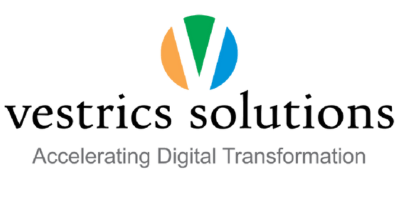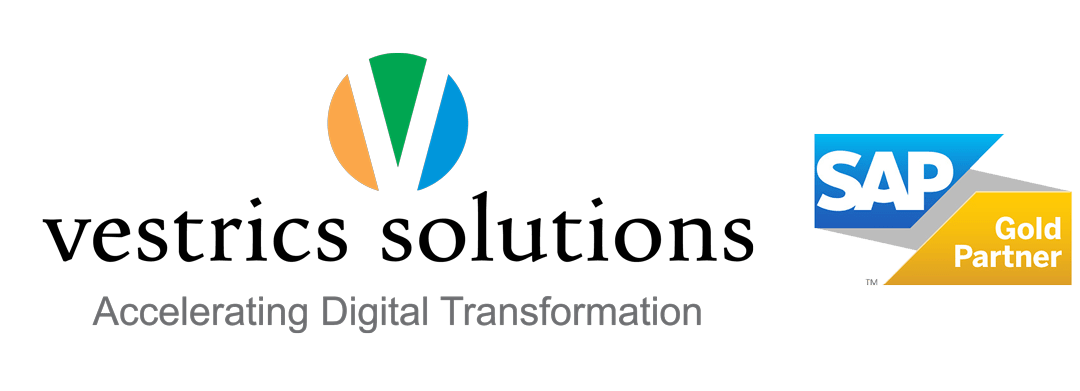Top 5 Mistake Points to Avoid When Implementing SAP S/4HANA Cloud Solution
SAP S/4HANA Cloud is an intelligent and comprehensive cloud-based ERP (Enterprise Resource Planning) solution offered by SAP. Its implementation can significantly enhance business operations, streamline processes, and improve decision-making. However, like any complex implementation project, there are common pitfalls that organizations should be aware of to ensure a smooth, successful transition to SAP S/4HANA Cloud. […]













